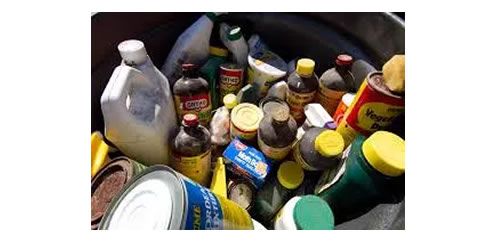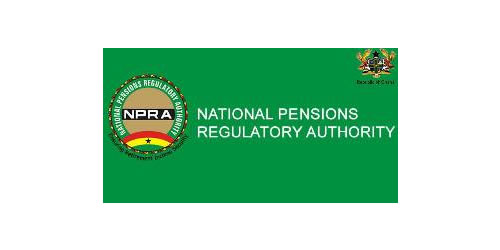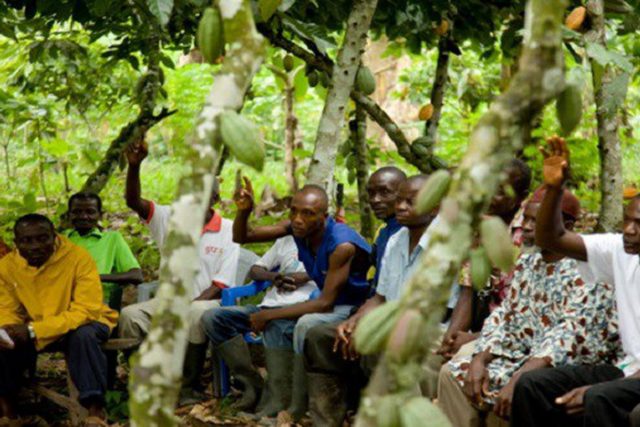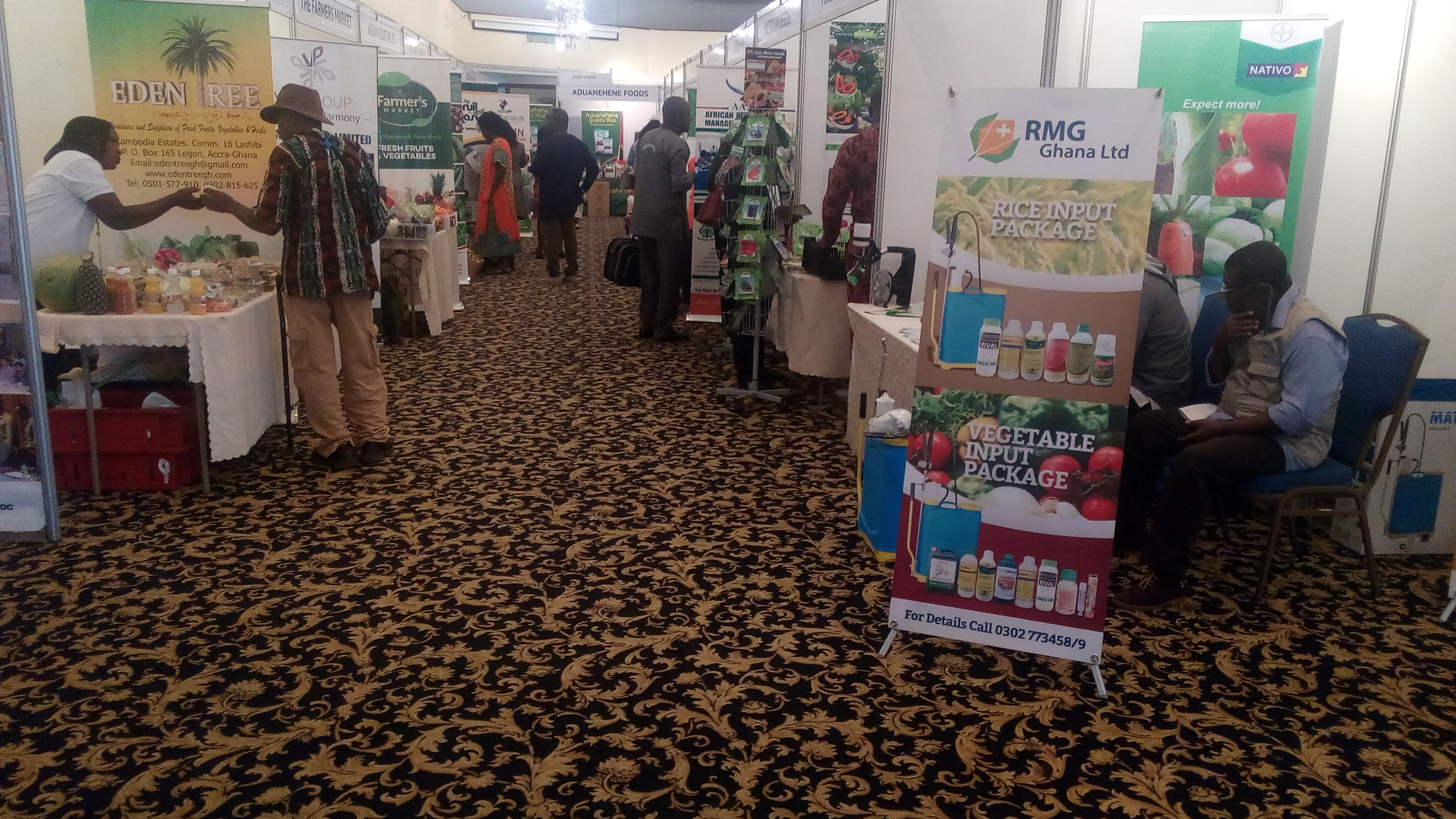FAO/WHO offers road map to deal with highly hazardous pesticides

Two institutions have released new guidelines aimed at reducing the damage done by pesticides that pose high toxic risks to human health and the environment.
The Food and Agriculture Organisation (FAO) and World Health Organisation (WHO) who released the guidelines said it offer a road map to help countries identify and deal with highly hazardous pesticides.
It also involves inventory taking, assessing risks and actual needs, and then taking appropriate risk mitigation measures.
According to the guidelines made available to the Ghana News Agency on Wednesday by the FAO, it said it would be phasing out the product, but in cases where there are no good alternatives, other risk mitigation actions may be considered.
It said the local conditions of use and feasibility of control measures should be an important factor in decision taking.
The guidelines say products with high acute toxicity account for high numbers of immediate poisoning cases, particularly in developing countries, while products with chronic toxicity effects may cause cancer or developmental disorders among growing children.
It noted that in industrialised countries, such so-called “highly hazardous pesticides” may be no longer permitted or subject to strict use limitations, yet they often remain widely available in developing countries.
It said even hazardous products that still are permitted in industrialised countries could cause severe problems in the developing world, where use could be very different.
“Small-scale farmers in developing countries in particular often do not have, or use, the necessary protective gear and mostly use back-pack sprayers that pose high risk of exposure.
“Restriction on the use of such highly hazardous products often proves hard to enforce, leading to widespread use by untrained persons.
“High numbers of poisoning cases, contaminated food and environmental damage can be the result,” it said.
The guidelines indicated that a relatively small group of highly hazardous pesticides is often the cause of the majority of poisoning cases.
It said in many cases, these could be replaced by less hazardous products or, even better integrated pest management (IPM) approaches that aim at reducing reliance on pesticides.
FAO has also launched a Pesticide Registration Toolkit to assist governments in conducting hazard and risk assessments as part of their national pesticide approval process.
This toolkit could also be used to re-assess products that have been approved in the past, but are now identified as highly hazardous.
The push for improved governance of pesticides accelerated last year when the SAICM International Conference on Chemicals Management adopted a resolution calling for concerted action to address HHPs.
The FAO and the WHO now provide the guidance to move forward on this.
The two UN bodies encourage governments to use the new guidelines and the toolkit to review their existing lists of approved pesticides in order to identify HHPs and take the necessary measures to reduce the risks to users, consumers and the environment.
This also implies the strengthening of IPM as a recognised pillar in the design of sustainable crop protection systems.
Source: GNA





